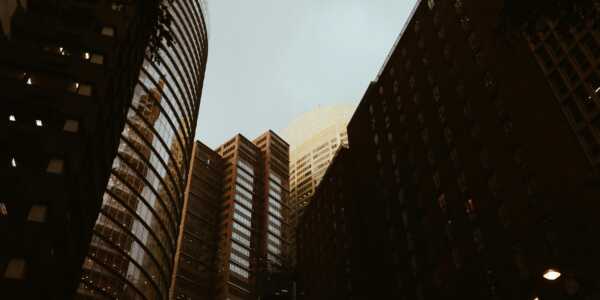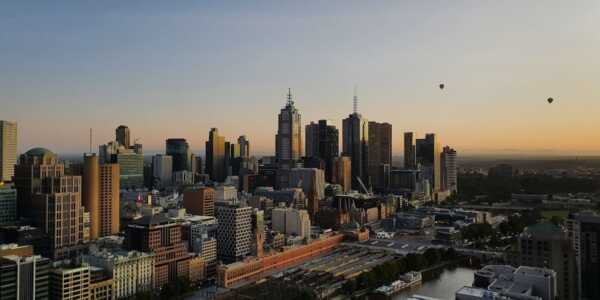World-leading Australian 3D printing technology company, Luyten 3D, has just completed another significant milestone in its journey to push the boundaries of 3D construction technology
Luyten 3D was the first 3D printing technology company to build a home in Australia and the southern hemisphere using its cutting-edge mobile 3D printer, the Platypus X12, and the firm has now become the first to build a two-storey building using this technology.
“We are extremely proud to become the first-ever 3D printing company in the building and construction sector to deliver on such a monumental achievement. The double-storey building is a two-level granny flat designed to create an instant yet stylish small-format living space,” Commented Luyten 3D Founder, CEO and Global President, Ahmed Mahil.
The two-storey granny flat was printed in one go at the company’s global headquarters in Melbourne, Australia. Luyten 3D printed the structure using the Platypus X12 printer, the largest printer in its fleet of 3D printers.
The printed structure comprises two bedrooms, a kitchen, a bathroom and a living area, and took just 32 hours to build in total involving two staff over two and a half day shifts. It is 11 metres wide, 3.2 metres deep and six metres high including the skillion roof.
“To date, building a double-storey structure using 3D printing has been problematic as some firms in the northern hemisphere have only been able to do this by using fixed gantries which are notoriously expensive to operate and dismantle,” Mahil said.
“Through our telescopically transformative Platypus X12 printer, we have made it possible for this printing to happen seamlessly in one printing session without the need for the involvement of any other heavy machinery.
Luyten 3D also used their proprietary concrete mix, Ultimatecrete Ultraeco, to print the two-storey granny flat.
“Our newly launched Ultimatecrete Ultraeco mix is an extremely high-performing mix that uses 20 per cent less cement than the original eco-friendly Ultimatecrete while at the same time delivering increased sustainability,” Mahil said.
Mahil emphasised that the two-storey granny flat is now a prime example of the benefits of 3D printing for the housing sector, especially in light of the federal government’s affordable housing initiative.
“We have demonstrated that by using our cutting-edge technology, that anything is possible. 3D printing can help to ease the building crisis sweeping the country and the industry needs to embrace 3D printing to galvanise the industry’s long-term future,” he said.
“3D printing significantly reduces build time and cuts costs for the creation of the structural framework. Rather than laying bricks and building walls, 3D printing simply prints the structure so that trades can then install the final elements.
Luyten’s 3D printer technology enables builders to transform construction projects that would traditionally take months or years to complete and instead finish them within a number of days. The 3D concrete printing technology enables a 60 per cent reduction in construction waste, a 70 per cent reduction in production time, and an 80 per cent reduction in labour costs, when compared to hands-on construction projects.










